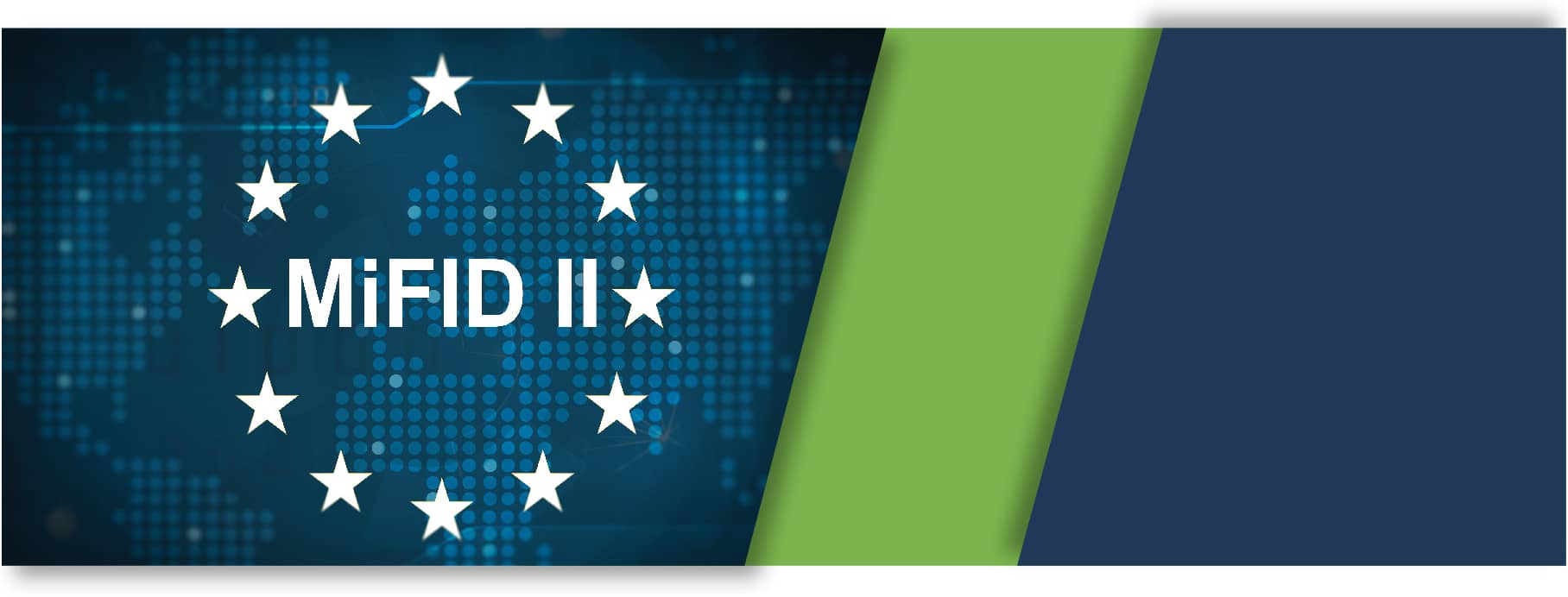MiFID -ESMA
Since November 2007, MiFID (Markets in Financial Instruments Directive (2004/39/EC)) has been the cornerstone of financial market regulation in the EU. Launched and implemented by the European Securities and Markets Authority (ESMA), the framework aims to create a highly competitive single market for investment services and activities; and ensures the standardisation of investor protection norms across all financial assets.

